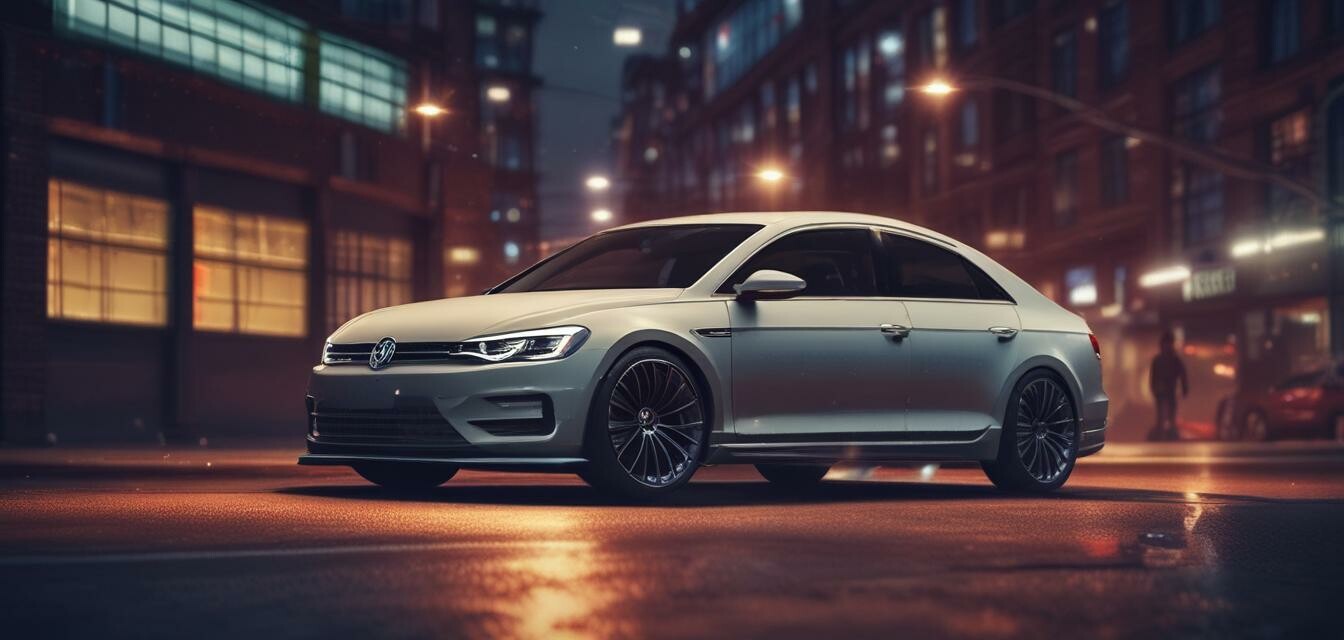
How to Optimize Your VW's Airflow for Maximum Performance
Key Takeaways
- Improving airflow enhances engine efficiency and performance.
- Common modifications include high-flow air filters and performance intake systems.
- Regular maintenance is essential for optimal airflow.
- Consider professional tuning after major modifications.
- Follow step-by-step guides for safe and effective upgrades.
Improving the airflow in your Volkswagen (VW) can lead to significant enhancements in engine performance, fuel efficiency, and overall driving experience. In this guide, we'll walk you through the steps needed to optimize your VW's airflow system. Read on to discover the modifications you can make, the tools required, and tips to ensure a successful upgrade!
Why Is Airflow Important?
Before diving into the steps to improve airflow, let's understand why it's crucial for your VW:
- Enhances fuel combustion for improved power output.
- Reduces turbo lag in turbocharged models.
- Boosts fuel efficiency by allowing the engine to breathe better.
- Helps maintain engine temperature by promoting airflow cooling.
Essential Modifications to Optimize Airflow
Improving your VW's airflow usually involves key modifications. Below, we outline the most efficient upgrades you can make:
| Modification | Description | Benefits |
|---|---|---|
| High-flow Air Filters | Replace standard air filters with high-flow versions that allow more air into the engine. | Increased horsepower, improved throttle response, and better fuel efficiency. |
| Performance Intake Systems | Install aftermarket intake systems designed to maximize airflow. | Enhanced performance and sound, along with effective engine breathing. |
| Throttle Body Upgrade | Upgrade to a larger throttle body to allow more air into the engine. | Faster acceleration and increased performance across RPMs. |
| Exhaust Modifications | Improve the engine's ability to expel exhaust gases. | Better airflow supported by reduced backpressure, enhancing power. |
Step-by-Step Guide to Upgrading Your VW’s Airflow
Let’s break down the process into clear steps:
- Assess Your Current Airflow System: Start by evaluating your current setup to determine if any components are worn or inadequate.
- Gather Required Tools: You will need the following tools for the upgrade:
- Screwdrivers (flathead and Phillips)
- Wrenches
- Socket set
- Torx set
- Shop vacuum for cleaning
- Replace Air Filter: Remove the old filter and install the new high-flow air filter. Ensure it fits snugly.
- Install Performance Intake: Follow the manufacturer’s instructions. Typically, this involves removing the stock air intake system and replacing it with the new setup.
- Upgrade Throttle Body: Remove the old throttle body and replace it with the upgraded version. Ensure proper alignment and fit.
- Inspect and Modify Exhaust: If you decide to replace or modify your exhaust system, ensure a proper seal and fit to prevent any leaks.
- Test Drive: After all modifications are complete, take your VW for a test drive to feel the difference. Monitor engine performance and responsiveness.
Maintenance Tips for Sustained Performance
To ensure your VW continues performing at its best, regular maintenance is crucial:
- Change air filters as recommended by the manufacturer.
- Inspect intake and exhaust components regularly for any wear.
- Regularly check sensor functionality, especially on fuel and airflow.
- Consider a professional tuning to optimize parameters post-upgrade.
Tips for Beginners
- Start with simple upgrades, like the air filter, before tackling more complex installations.
- Keep a detailed record of modifications and their effects on performance.
- Consult forums and communities for shared experiences and insights.
- Consider enlisting the help of a knowledgeable friend or professional for installations.
Conclusion
By optimizing your VW's airflow, you're not only enhancing its performance but also securing a smoother and more enjoyable driving experience. With the right modifications and maintenance routine, your Volkswagen can perform better than ever. Stay informed and well-prepared as you embark on this exciting tuning journey!
Pros
- Enhanced engine performance and efficiency.
- Better throttle response and acceleration.
- Improved driving experience.
- Potential for better fuel economy.
Cons
- Initial cost of upgrades.
- Possible warranty implications with modifications.
- Need for regular maintenance and checks post-installation.
For more information on tuning your VW, check out our Buying Guides and the How-To Guides section for more detailed insights on specific tuning projects!
